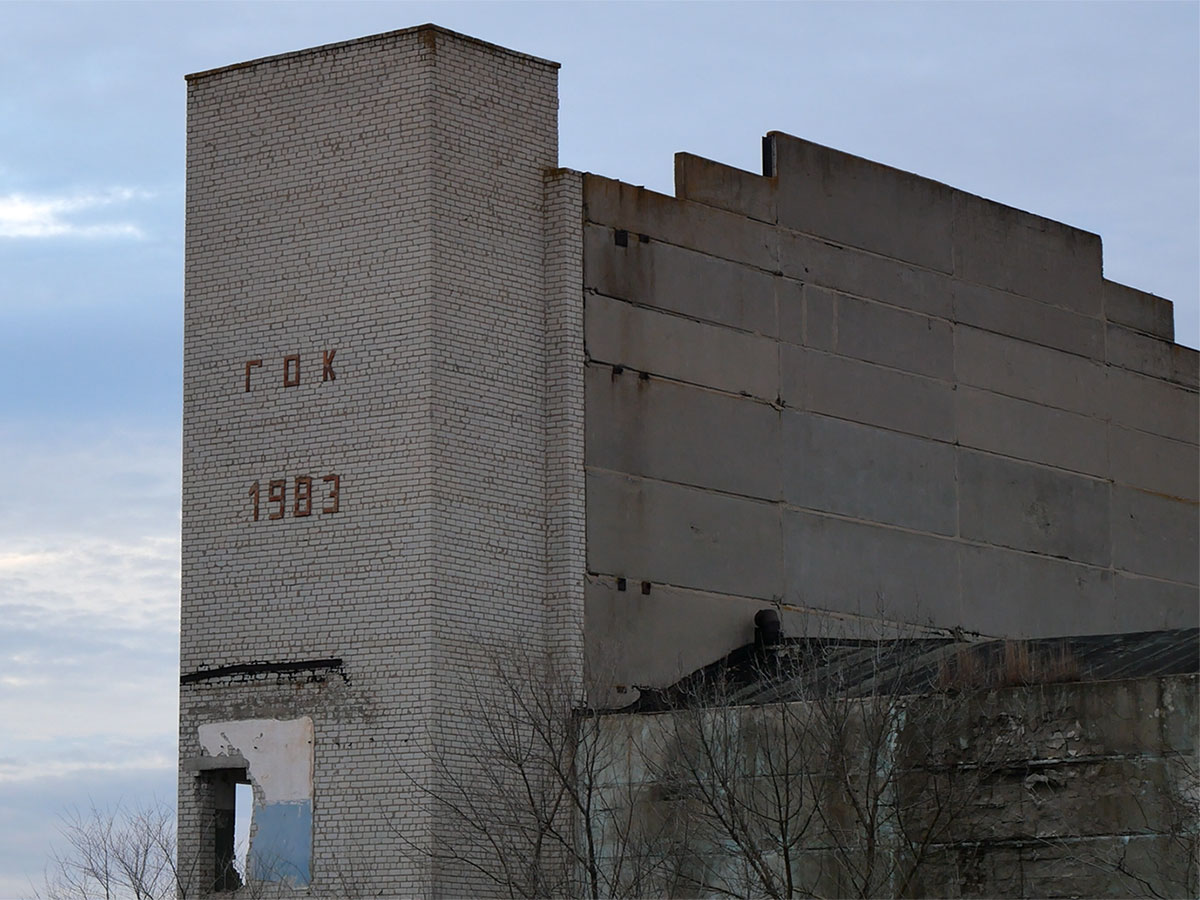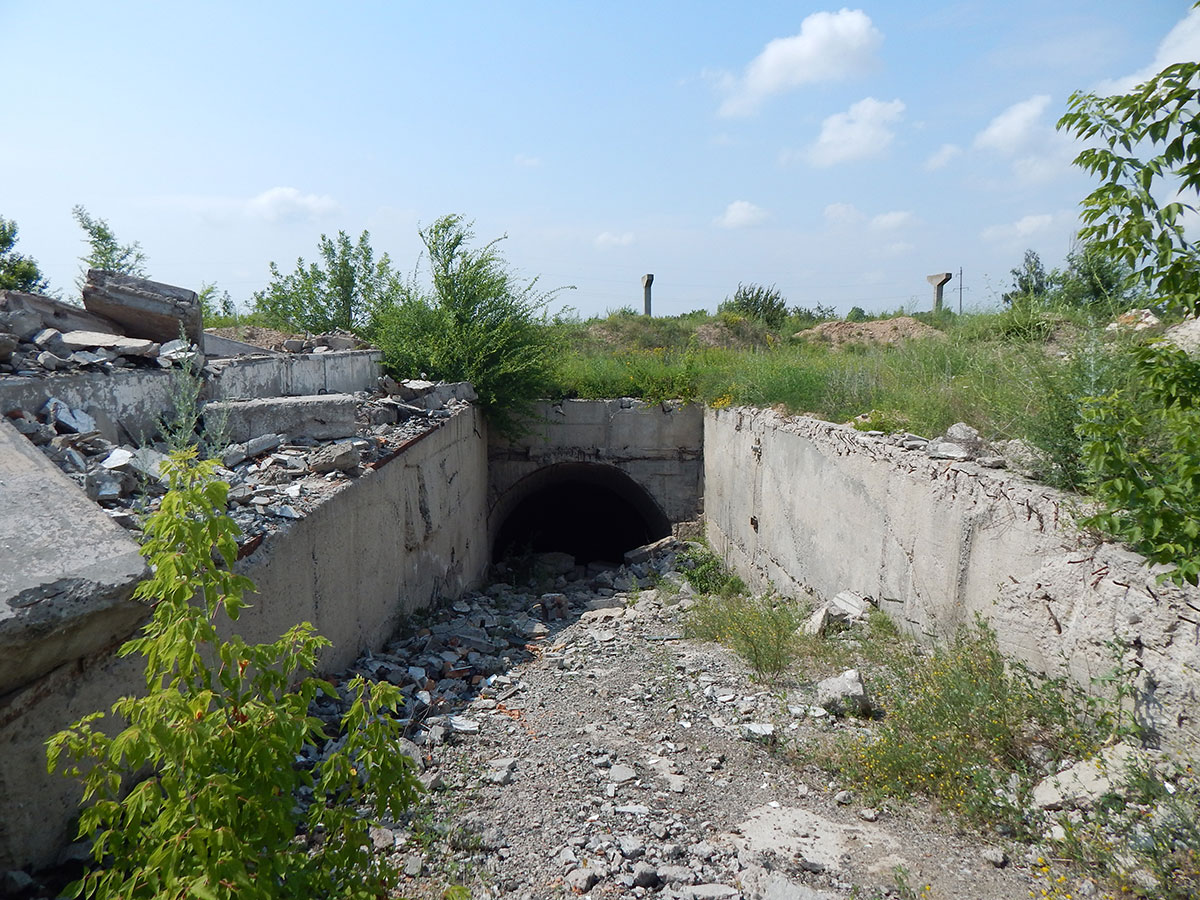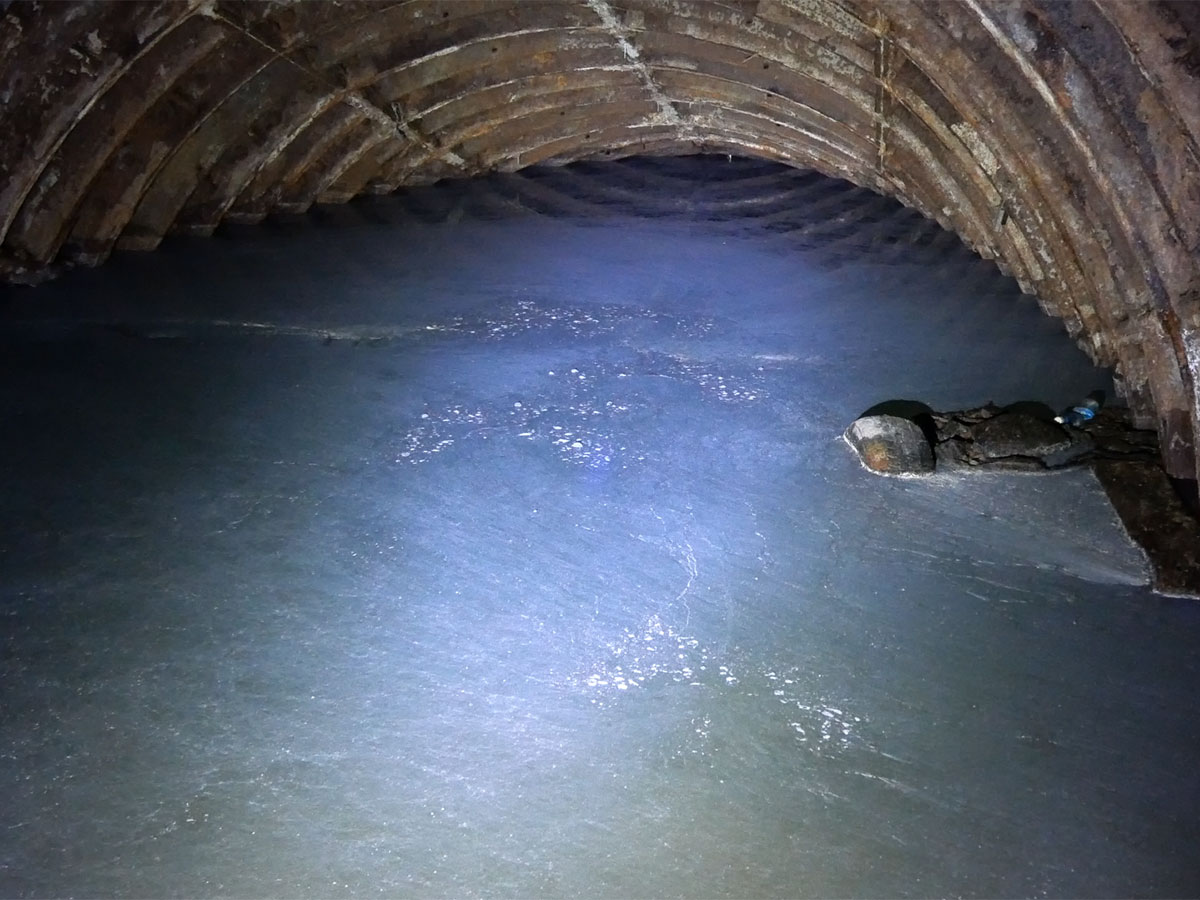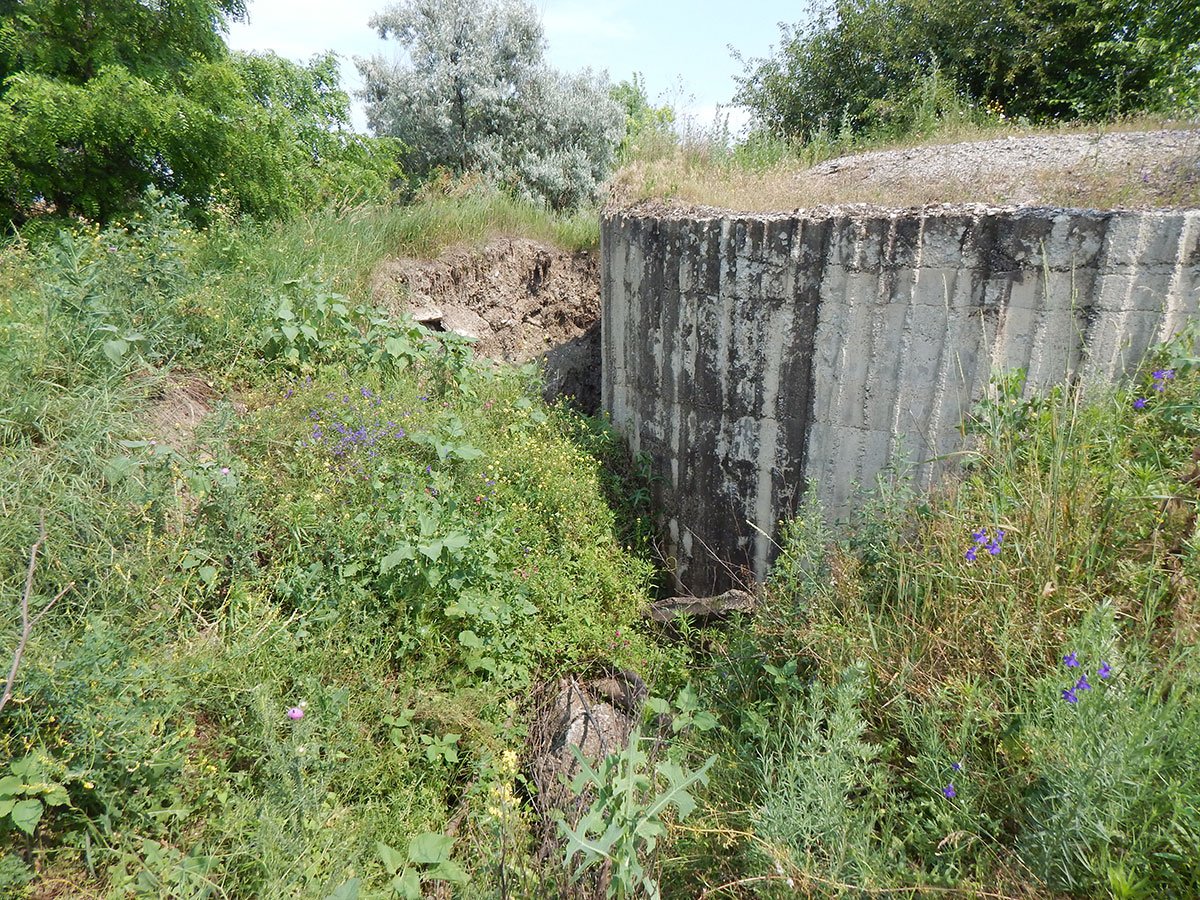
Stepnogorsk and the abandoned Tavrichesky mining and processing plant
An abandoned mine in Zaporozhye region, Ukraine.
Literally 30 kilometers from the regional center of the Zaporozhye region, towards Melitopol, there is a former mining town – Stepnogorsk. Those distant 80s of the last century became a city-forming dawn for him, turning the village of Sukhoivanovka into a construction site of the century.
The growing demand of many industries for manganese ore, became the fundamental reason for the start of work at the Tokman manganese ore deposit, and the reason for the construction of the Tavrichesky mining and processing plant, attracting with its prospects many citizens from all over the socialist country. At that time, it was a promising place to start a career for young professionals, with excellent salaries and social support.


«It was a continuous complex of structures, consisting of a number of mine buildings, – first, inclined and second shafts. Now only the machine shop remained, which provided not only the mine, but also the entire construction of the Tauride Mining and Processing Plant (in the video we will visit inside it, starting at 4:55 min.).
The structure of the mining and processing plant included not only mines for the extraction of manganese ore, but also an unbuilt processing plant, designed to process 9,000,000 tons of ore per year. Specifically, on this site, there were 3 mines with a capacity of 2,000,000 tons each. (we will visit one of them), and 2 more mines of 1,500,000 tons of ore per year, which were supposed to go into the beam, into the so-called barren zone, not far from the overhead buildings» – Vladimir Nikolaevich.


The place of construction was not chosen by chance
Huge reserves of manganese, the largest in the world, approximately 1.5 billion tons of ore, created grandiose plans for the construction of two more GOKs, moreover, the last of them should have been built across the Tokmak River, closer to the Sea of Azov. It was even planned to involve prisoners in the work, but this was not destined to be.
Even at that time, and it was 1979, the foresight of the development assumed the full development of manganese mining at this deposit, and, bypassing the technical project, the country’s leadership announced the start of construction. The main reason for this rush is that with the current volume of manganese production, 1979, the deposits of the Marganetsky and Ordzhonikidzevsky GOKs, by the beginning of 2000, should have been completely depleted» – Vladimir Nikolaevich – former chief engineer of Tauride GOK.


Descent into the mine
The same open mine shaft for which I came is a 400-meter tunnel that goes underground at an angle of 45 degrees. The remains of the overhead building are already hiding nothing, so having made your way through the mountains of construction debris, you can easily get into the shaft.
The device of an inclined mine shaft is quite simple. In the center there was a belt conveyor that lifted the mined ore up, to the right of it, if you look down, there were rails along which trolleys with tools descended, and on the left side there were steps for descending miners to the horizon.
Previously, a mine shaft sheathed with cast-iron underground tubing had two so-called jumpers: the first was located at a distance of 10 meters from the entrance, and the second 25 meters below. Their main function was not only to close access to the mine, but also to secure the possibility of dirty water from above entering the aquifers (groundwater) through which the mine shaft passes.
The available depth to which we managed to descend was only 50 meters, but we had to go through all 200 meters along the trunk.
There are depth marks on some tubings, cable hooks periodically protrude from the walls, but most of all the attention is drawn to stalactites and stalagmites, which form their colonies in place of aquifers, creating a gloomy atmosphere of a mine shaft.
Going down to the «water», the place where the trunk is already flooded, you come across a picture of a large blue plug. The clear water is covered with a dusty coating, and a small spring oozes just above it, filling the existing bathtub.


Conclusion
Having visited the territory of the former enterprise, I was amazed at the scale and scope of production, even though only one workshop remained from the GOK. In addition to one of the open mine shafts, which, in fact, attracts travelers here, I managed to find 3 more. Two of them, it seemed to me, are just as inclined – littered with construction debris, and the 3rd vertical inconspicuously covered with a concrete slab, just near the tower with the year of foundation – 1983.
But we are talking only about the visible part of the enterprise, that is, what is on the surface. In reality, the area is much larger. Under the ground, although I did not manage to get there, there is a huge network of tunnels. Evidence of this conclusion is the presence of a mothballed ventilation shaft * located deep in the fields, approximately 2-3 kilometers from the remaining workshop.
*This shaft is a concrete head, under which a vertical shaft is hidden. It is noteworthy that rainwater has already washed away the entrance under it, if you wish and have the appropriate equipment, you can try to get into it.
Now only heaps of bricks and concrete remain at the site of the Tauride Mining and Processing Plant, all the metal has been cut out – nothing remains. Part of the purchased territory is already under the solar panels of the power plant.
Many thanks to Vladimir Nikolaevich, a local resident and former chief engineer.





